Converting Your Outboard from Carburetor to EFI: Is It Worth It?
The debate between carburetors and electronic fuel injection (EFI) has been ongoing in the marine world for decades. While newer outboard motors come equipped with sophisticated EFI systems, many boat owners with older carbureted engines wonder if converting to EFI is worth the investment. This comprehensive guide explores the pros and cons of carburetor-to-EFI conversions for outboard motors, helping you make an informed decision based on your specific needs and circumstances.

Understanding the Fundamental Differences
Before diving into conversion considerations, it's important to understand the basic differences between carburetors and electronic fuel injection systems:
Carburetor Basics
A carburetor is a mechanical device that mixes air and fuel in the proper ratio for combustion. It works using the venturi effect, where air passing through a narrowed tube creates a pressure drop that draws fuel into the airstream.
Key characteristics:
- Mechanical operation with no electronics
- Relies on manual adjustments for different conditions
- Uses vacuum and pressure differentials to meter fuel
- Typically less expensive and simpler in design
- Requires periodic adjustment and maintenance
EFI Basics
Electronic Fuel Injection uses computer-controlled injectors to spray precisely measured amounts of fuel directly into the intake manifold or combustion chamber. The system constantly adjusts the air-fuel mixture based on input from various sensors.
Key characteristics:
- Computer-controlled operation
- Automatically adjusts to changing conditions
- Uses electronic sensors and actuators
- More complex with more components
- Requires less frequent adjustment but more specialized diagnostics

Advantages of Converting to EFI
1. Improved Fuel Efficiency
Potential Improvement: 10-15% better fuel economy on average
EFI systems deliver precisely the right amount of fuel needed for each operating condition, eliminating the rich running conditions common with carburetors. This precision translates to significant fuel savings, especially for boats used frequently or for long trips.
Real-World Example:
“After converting my 150HP outboard from carburetor to EFI, I tracked my fuel consumption for a full season. I averaged 12% better fuel economy doing the same runs at the same speeds. That translated to about $400 in fuel savings over the season.” - Charter Boat Captain
2. Enhanced Starting Reliability
One of the most noticeable improvements with EFI is the consistent, reliable starting in all conditions. EFI systems eliminate common carburetor-related starting issues such as:
- Cold-start difficulties
- Hot-start problems
- Altitude-related starting issues
- Flooding during starting attempts
Real-World Example:
“My carbureted outboard always struggled to start after sitting for a few weeks, especially in cold weather. After converting to EFI, it starts first time, every time, regardless of temperature or how long it’s been sitting.” - Weekend Boater

3. Improved Performance and Throttle Response
EFI systems provide more precise fuel delivery across the entire RPM range, resulting in:
- Smoother idle
- More immediate throttle response
- Elimination of hesitation and flat spots
- More consistent power delivery
- Better performance in varying conditions
Real-World Example:
“The throttle response difference was night and day after converting to EFI. The engine responds instantly to throttle inputs, and the acceleration is much smoother without the hesitation I used to experience when quickly opening the throttle.” - Bass Tournament Angler
4. Reduced Maintenance Requirements
While EFI systems are more complex, they typically require less regular maintenance than carburetors:
- No periodic carburetor adjustments needed
- No jets or passages to clean
- No float level adjustments
- No choke mechanism to maintain
- Less frequent tune-ups required
Real-World Example:
“I used to rebuild my outboard’s carburetors every other season. Since converting to EFI five years ago, I haven’t had to do any fuel system maintenance beyond changing filters. The system just works.” - Marine Technician
5. Elimination of Ethanol-Related Problems
EFI systems are generally more resistant to ethanol-related issues that plague carburetors:
- Less susceptible to gumming and varnish buildup
- Better handling of phase-separated fuel
- Reduced corrosion issues
- More tolerant of modern fuel blends
Real-World Example:
“Ethanol in fuel was destroying my carburetors every season. After converting to EFI, I haven’t had a single ethanol-related issue in three years, even using the same fuel.” - Florida Fishing Guide
6. Environmental Benefits
EFI systems run cleaner with lower emissions due to more precise fuel metering:
- Reduced hydrocarbon emissions
- Lower carbon monoxide output
- Better fuel atomization
- Reduced oil contamination in two-stroke applications
- Compliance with stricter emission standards
Real-World Example:
“After converting to EFI, the visible exhaust smoke from my outboard was dramatically reduced, especially during warm-up. The engine runs much cleaner now, which is important for the lakes I fish that have strict environmental regulations.” - Tournament Angler
Disadvantages of Converting to EFI
1. High Initial Cost
The most significant barrier to EFI conversion is the upfront cost:
Typical Cost Ranges:
- Basic aftermarket EFI conversion kit: $1,500-$3,000
- Professional installation: $1,000-$2,500
- Additional components (fuel pump, sensors, etc.): $500-$1,000
- Total investment: $3,000-$6,500
Cost Comparison:
For the price of a complete EFI conversion, you could typically:
- Rebuild existing carburetors 6-10 times
- Purchase a complete new carburetor set 2-3 times
- Cover fuel costs for 1-2 seasons of regular use
Real-World Example:
“The EFI conversion for my twin-engine setup cost just over $7,000 including parts and professional installation. It’s a significant investment that will take several years of fuel savings to recoup.” - Offshore Fishing Boat Owner
2. Increased Complexity
EFI systems introduce complexity that can be challenging for DIY boat owners:
- Multiple electronic sensors and components
- Computer-controlled systems requiring specialized knowledge
- More difficult troubleshooting
- Potential for electrical issues
- Requires specialized diagnostic equipment
Real-World Example:
“When my carbureted engine had issues, I could usually fix it myself with basic tools. After converting to EFI, I had a sensor failure that required a dealer visit with specialized diagnostic equipment. The simplicity of carburetors is definitely lost with EFI.” - DIY Boat Mechanic

3. Reliance on Electrical Systems
EFI systems depend entirely on electrical power to function:
- Vulnerable to electrical system failures
- Requires robust battery and charging system
- No mechanical backup if electronics fail
- More sensitive to water intrusion
- Potential for corrosion in marine environments
Real-World Example:
“I had an alternator failure while 20 miles offshore. With my old carbureted engine, I could have limped home. With the EFI system, once the battery died, I was completely stranded and needed a tow.” - Offshore Angler
4. Limited DIY Repair Options
When problems do occur, EFI systems often require professional service:
- Specialized diagnostic equipment needed
- Fewer user-serviceable components
- More expensive replacement parts
- Limited aftermarket support for some systems
- Requires understanding of both mechanical and electronic systems
Real-World Example:
“With my carburetors, I could rebuild them myself for about $50 in parts. When an injector failed on my EFI system, the part alone was $180, and I had to pay a shop $200 to program it to my ECU.” - Weekend Boater
5. Potential Compatibility Issues
Not all outboards are good candidates for EFI conversion:
- Limited conversion options for some engine models
- May require significant modification to existing components
- Potential for integration issues with older engines
- Some vintage outboards lack the space for additional components
- May void any remaining warranty
Real-World Example:
“I wanted to convert my 1980s Johnson outboard to EFI, but after consulting with three different shops, I learned there simply wasn’t a kit available that would work without extensive custom fabrication.” - Classic Boat Enthusiast
Conversion Options and Kits
If you’re considering an EFI conversion, several options are available depending on your outboard type and budget:
1. Throttle Body Injection (TBI) Systems
Description: These systems replace the carburetor with a throttle body that contains fuel injectors. They’re the simplest and most affordable EFI conversion option.
Best For: Older outboards where simplicity and cost are primary concerns
Popular Systems:
- MSD Atomic Marine EFI
- Holley Sniper Marine EFI
- FiTech Go EFI Marine Systems
Approximate Cost: $1,500-$2,500 (kit only)
Installation Complexity: Moderate (6/10)

2. Multi-Port Injection (MPI) Systems
Description: These more advanced systems use individual injectors for each cylinder, providing more precise fuel delivery than TBI systems.
Best For: Performance applications and newer outboards
Popular Systems:
- MoTeC M400 Marine
- Mercury Racing EFI Conversion
- FAST XFI Marine Systems
Approximate Cost: $3,000-$5,000 (kit only)
Installation Complexity: High (8/10)
3. OEM Conversion Kits
Description: Some manufacturers offer official conversion kits to upgrade their older carbureted models to factory EFI specifications.
Best For: Relatively newer outboards from major manufacturers
Availability:
- Mercury Marine (selected models)
- Yamaha Marine (limited availability)
- Evinrude/Johnson (through BRP dealers)
Approximate Cost: $2,500-$4,500 (kit only)
Installation Complexity: Moderate to High (7/10)
Real-World Example:
“I used the Mercury factory conversion kit for my 2000 90HP outboard. While expensive, everything fit perfectly, and the performance matched factory EFI models. The dealer installation was seamless, and it maintains the factory appearance.” - Mercury Outboard Owner
The Conversion Process: What to Expect
If you decide to proceed with an EFI conversion, here’s what the process typically involves:
1. Pre-Conversion Assessment
Before beginning, a thorough assessment determines if your outboard is a good candidate for conversion:
- Engine compression test
- Overall mechanical condition evaluation
- Electrical system capacity check
- Fuel system inspection
- Space availability for new components
Timeframe: 1-2 hours
2. Component Selection and Acquisition
Based on the assessment, appropriate components are selected:
- EFI control unit (ECU)
- Injectors appropriate for engine size
- Fuel pump (high pressure)
- Fuel pressure regulator
- Various sensors (oxygen, temperature, pressure)
- Wiring harness
- Throttle body or intake manifold
Timeframe: 1-2 weeks for parts ordering
3. Fuel System Modifications
The existing fuel system must be upgraded to handle higher pressure requirements:
- Install high-pressure electric fuel pump
- Replace fuel lines with high-pressure hoses
- Add fuel return line to tank
- Install fuel pressure regulator
- Replace fuel filters with high-pressure versions
Timeframe: 4-8 hours

4. Mechanical Installation
The physical installation of EFI components:
- Remove existing carburetor(s)
- Install new throttle body or intake manifold
- Mount injectors
- Install various sensors
- Modify or replace throttle linkage
Timeframe: 8-16 hours
5. Electrical Installation
The electrical components must be properly installed and protected:
- Mount ECU in protected location
- Install and route wiring harness
- Connect all sensors
- Install relay center
- Upgrade charging system if necessary
- Waterproof all connections
Timeframe: 6-12 hours
6. Programming and Calibration
The ECU must be programmed with the correct parameters for your specific engine:
- Base fuel map programming
- Initial timing settings
- Idle control setup
- Acceleration enrichment calibration
- Self-learning parameter setup
Timeframe: 2-4 hours
7. Testing and Fine-Tuning
After installation, thorough testing and adjustment ensures optimal performance:
- Initial startup and basic operation verification
- Idle quality adjustment
- Acceleration testing
- Full-throttle performance evaluation
- Fuel pressure verification
- Sensor operation confirmation
Timeframe: 2-4 hours plus on-water testing
Total Conversion Time: 22-46 hours (typically spread over 1-2 weeks)
Real-World Example:
“The shop estimated 3 days for my EFI conversion, but it ended up taking 8 days total. There were unforeseen issues with the fuel tank return line and some electrical integration problems that took extra time to resolve. Plan for the unexpected when scheduling a conversion.” - Pontoon Boat Owner

Cost-Benefit Analysis: When Conversion Makes Sense
To determine if an EFI conversion is economically justified, consider these scenarios:
Scenario 1: Frequent Recreational Use
Profile:
- 50-75 hours annual use
- Weekend recreational boating
- Primarily day trips
- Moderate fuel consumption
Cost Analysis:
- Conversion cost: $4,000
- Annual fuel savings (10%): $200-300
- Maintenance savings: $100-200 annually
- Payback period: 8-10 years
Recommendation:
Conversion difficult to justify on economic grounds alone; consider for convenience and reliability benefits
Scenario 2: Heavy Commercial Use
Profile:
- 300+ hours annual use
- Charter fishing or tour operations
- Daily use during season
- High fuel consumption
Cost Analysis:
- Conversion cost: $4,500
- Annual fuel savings (12%): $1,000-1,500
- Maintenance savings: $300-500 annually
- Reduced downtime value: $500-1,000 annually
- Payback period: 2-3 years
Recommendation:
Conversion economically justified based on fuel savings and reliability benefits
Scenario 3: Older Outboard with Carburetor Problems
Profile:
- Outboard requiring carburetor rebuild
- History of recurring carburetor issues
- Ethanol-related problems
- Moderate annual use
Cost Analysis:
- Carburetor rebuild cost: $600-800
- Potential future rebuilds: $600-800 every 2-3 years
- Conversion cost: $4,000
- Payback period: 5-7 years
Recommendation:
Consider conversion if planning to keep the outboard long-term; otherwise, rebuild carburetors
Scenario 4: Performance Enhancement Project
Profile:
- Performance-oriented boater
- Willing to invest for improved experience
- Values throttle response and reliability
- Less concerned with ROI calculations
Cost Analysis:
- Conversion cost: $5,000 (higher-end system)
- Performance value: Subjective
- Convenience value: Subjective
- Payback period: Not primary concern
Recommendation:
Conversion justified if performance and convenience benefits align with personal values
Real-World Example:
“As a fishing guide running 200+ days a year, my EFI conversion paid for itself in less than two years through fuel savings alone. Add in the eliminated downtime from carburetor issues, and it was one of the best business decisions I’ve made.” - Professional Fishing Guide

DIY vs. Professional Installation
DIY Installation Considerations
Pros:
- Significant cost savings on labor ($1,000-2,500)
- Complete understanding of your system
- Satisfaction of completing complex project
- Ability to troubleshoot future issues
Cons:
- Requires advanced mechanical and electrical skills
- Typically takes 2-3 times longer than professional installation
- No warranty on installation work
- Potential for expensive mistakes
- May require specialized tools
Recommended For: Experienced mechanics with electrical system knowledge and proper tools
Real-World Example:
“I installed a Holley Sniper EFI system myself over two weekends. I saved about $1,800 in labor, but I already had experience with automotive EFI systems and all the necessary tools. It’s not a project for a novice.” - Mechanical Engineer and Boat Owner
Professional Installation Considerations
Pros:
- Expertise and experience with marine EFI systems
- Faster completion time
- Installation warranty
- Access to specialized diagnostic equipment
- Professional troubleshooting if issues arise
Cons:
- Significant labor cost ($1,000-2,500)
- Shop scheduling delays
- Less personal knowledge of the system
- Potential for miscommunication about expectations
Recommended For: Most boat owners, especially those without extensive mechanical experience
Real-World Example:
“I paid a marine shop $1,800 for my EFI conversion labor. It was worth every penny when I saw the complexity of the wiring and fuel system modifications. They also provided a 1-year warranty on the installation, which gave me peace of mind.” - Weekend Boater

Maintenance Considerations After Conversion
Converting to EFI changes your maintenance requirements:
What Decreases:
- Carburetor cleaning and rebuilding
- Jet changes and adjustments
- Choke mechanism maintenance
- Float level adjustments
- Frequent idle adjustments
What Increases:
- Electrical system maintenance
- Battery maintenance requirements
- Fuel filter replacement frequency
- Diagnostic complexity
- Sensor monitoring and replacement
New Maintenance Items:
- ECU updates (for some systems)
- Oxygen sensor replacement (every 2-3 years)
- Fuel pressure testing
- Injector cleaning service
- Wiring harness inspection
Real-World Example:
“After converting to EFI, my maintenance changed completely. I no longer spend time adjusting carburetors, but I’m much more diligent about battery maintenance and electrical connections. I also change fuel filters twice as often to protect the injectors.” - Bass Boat Owner
Alternative Options to Consider
Before committing to an EFI conversion, consider these alternatives:
1. Professional Carburetor Rebuild and Tuning
Description: Complete disassembly, cleaning, and rebuilding of existing carburetors with precision tuning
Cost: $300-800 depending on number of carburetors
Benefits:
- Fraction of EFI conversion cost
- Maintains simplicity of carburetor system
- Can significantly improve performance
- No electrical system dependencies
- Preserves original equipment
Best For: Outboards in good mechanical condition with carburetor issues
2. Upgraded Carburetor Replacement
Description: Replacing stock carburetors with higher-quality aftermarket versions
Cost: $500-1,200 depending on engine size
Benefits:
- Better materials and design than OEM in some cases
- Improved performance over stock carburetors
- Maintains mechanical simplicity
- Often better corrosion resistance
- No electrical modifications required
Best For: Outboards with worn or damaged original carburetors
3. Partial Engine Modernization
Description: Upgrading ignition system and fuel delivery components while maintaining carburetors
Cost: $800-1,500
Benefits:
- Improved reliability without full EFI conversion
- Enhanced starting and performance
- Retains carburetor simplicity with modern ignition benefits
- More DIY-friendly than full EFI
- Gradual upgrade path
Best For: Boaters wanting improved reliability without full EFI investment
Real-World Example:
“Instead of converting to EFI, I installed a high-performance electronic ignition system and rebuilt my carburetors with upgraded components. I got 80% of the reliability benefits of EFI at 30% of the cost.” - Classic Boat Restorer

Expert Opinions and Case Studies
Marine Technician with 25+ Years Experience
“EFI conversions make the most sense for commercial operators who run their boats frequently. For weekend recreational boaters, the cost is difficult to justify unless you’re experiencing constant carburetor problems or have specific performance goals. Modern carburetors properly maintained can be very reliable.”
Professional Fishing Guide
“I converted my twin 150HP outboards from carburetors to EFI five years ago. The fuel savings alone paid for the conversion in about 2.5 years of heavy use. More importantly, I haven’t missed a single charter due to fuel system issues since the conversion, compared to 3-4 days per season with the carbureted engines.”
Marine Engine Builder
“From a performance perspective, EFI conversions shine in consistent power delivery across varying conditions. Carburetors need adjustment for altitude, temperature, and humidity changes, while EFI automatically compensates. For boats used in varying environments, this self-adjustment feature alone can justify the conversion.”
DIY Boat Restorer
“I’ve done three EFI conversions on different outboards. The key is realistic expectations. You won’t see massive horsepower gains, but you will get better starting, smoother running, and freedom from constant carburetor adjustments. For older outboards that you plan to keep long-term, it’s worth considering.”
Case Study: Charter Fishing Operation
Situation: Charter operation with four identical 200HP outboards, two converted to EFI, two remaining carbureted
12-Month Comparison:
- Fuel consumption: EFI engines used 14% less fuel
- Maintenance costs: 68% lower for EFI engines
- Reliability: Zero fuel-system related cancellations for EFI boats vs. seven for carbureted boats
- Cold-weather performance: EFI boats started reliably at temperatures as low as 28°F, while carbureted boats required extensive warm-up procedures
- Customer satisfaction: Higher ratings for EFI boats due to smoother operation and reduced noise
ROI Analysis: Complete payback achieved in 22 months of commercial operation

Making Your Decision: Key Questions to Ask
To determine if an EFI conversion is right for your situation, ask yourself these questions:
-
How long do you plan to keep your current outboard?
- Less than 3 years: Probably not worth converting
- 3-5 years: Consider if experiencing significant carburetor problems
- 5+ years: Conversion may be economically justified
-
How frequently do you use your boat?
- Less than 25 hours annually: Difficult to justify conversion
- 25-100 hours annually: Consider for convenience benefits
- 100+ hours annually: Likely economically justified
-
What is your primary motivation?
- Fuel savings: Only justified with heavy use
- Reliability: Strong reason for conversion
- Performance: Moderate improvements possible
- Reduced maintenance: Valid long-term benefit
- Environmental concerns: Definite improvement with EFI
-
What is your mechanical skill level?
- Basic maintenance only: Professional installation required
- Experienced mechanic: DIY possible with research
- Professional: DIY installation reasonable
-
What is your budget reality?
- Under $1,000: Consider carburetor rebuild instead
- $1,000-3,000: Basic DIY conversion possible
- $3,000-6,000: Professional conversion feasible
- $6,000+: High-end conversion with all options
Conclusion: Balancing Costs and Benefits
Converting from carburetors to EFI represents a significant investment that must be weighed against your specific circumstances and goals. While the benefits of improved reliability, enhanced performance, and reduced maintenance are real, the high initial cost means that not every boat owner will see a positive return on investment.
For commercial operators, high-use recreational boaters, and those who prioritize convenience and reliability over cost, an EFI conversion often makes good sense. For occasional boaters with well-maintained carbureted engines, the investment may be difficult to justify on economic grounds alone.
Whatever you decide, proper research, realistic expectations, and quality components are essential to a successful outcome. Consider consulting with a marine technician familiar with your specific outboard model before making your final decision.
This article is intended as a general guide. Always consult your engine’s service manual and a qualified marine technician for model-specific recommendations. If you’re uncertain about performing any maintenance yourself, consult a certified marine technician.
Have you converted your outboard from carburetor to EFI? Share your experience and tips in the comments below!
Hi—I’m Jim Walker
I grew up in a Florida boatyard, earning pocket money (and a few scars) by rebuilding outboard carbs before I could drive. That hands-on habit carried me through a Ph.D. in mechanical engineering, where I studied how salt water quietly murders metal.
I spent ten years designing cooling systems for high-horsepower outboards, then joined JLM Marine as CTO. We bench-test every new part in the lab, but I still bolt early prototypes onto my own 23-foot skiff for a weekend shake-down— nothing beats real wake and spray for finding weak spots.
Here on the blog I share the fixes and shortcuts I’ve learned so your engine—and your day on the water—run smooth.

For Outboard Owners:
To assist you in maintaining and repairing your marine engines, we hope the following resources may be of use:
-
Carburetors from JLM Marine
-
Carburetor Rebuild Kits from JLM Marine
About JLM Marine
Founded in 2002, JLM Marine has established itself as a dedicated manufacturer of high-quality marine parts, based in China. Our commitment to excellence in manufacturing has earned us the trust of top marine brands globally.
As a direct supplier, we bypass intermediaries, which allows us to offer competitive prices without compromising on quality. This approach not only supports cost-efficiency but also ensures that our customers receive the best value directly from the source.
We are excited to expand our reach through retail channels, bringing our expertise and commitment to quality directly to boat owners and enthusiasts worldwide.

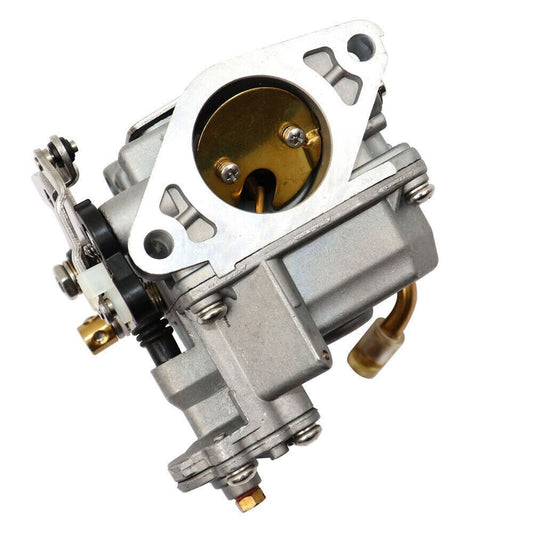

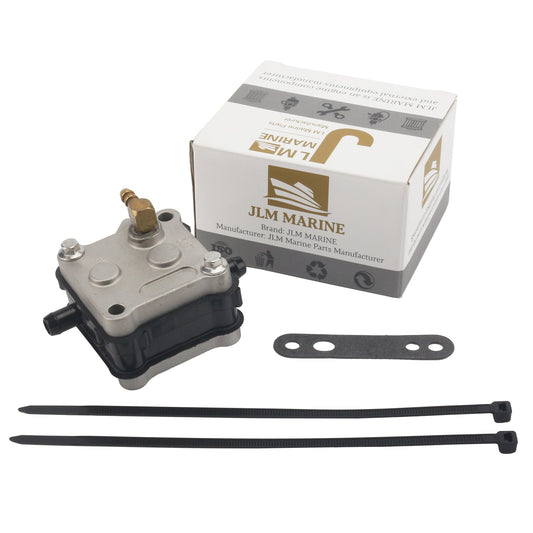
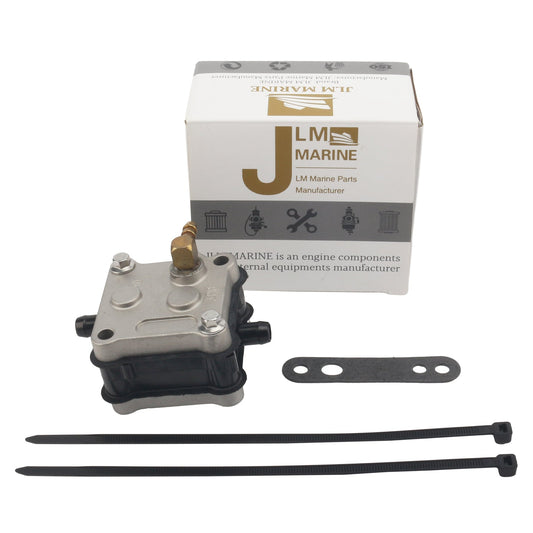
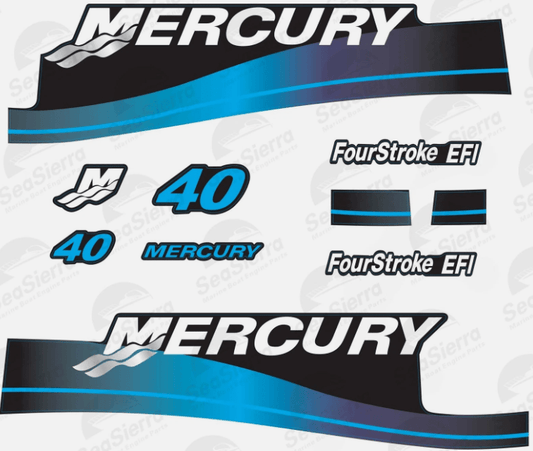
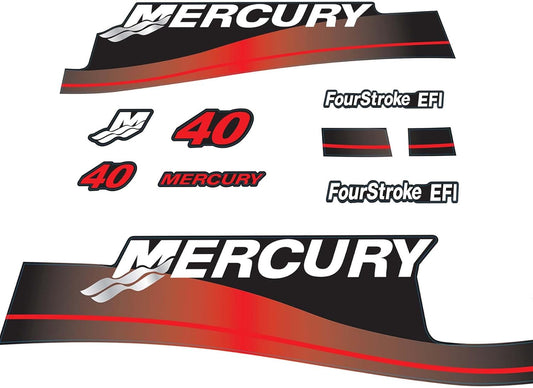
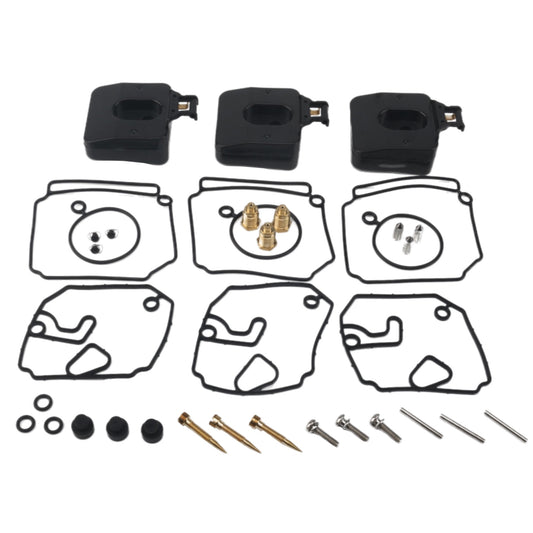
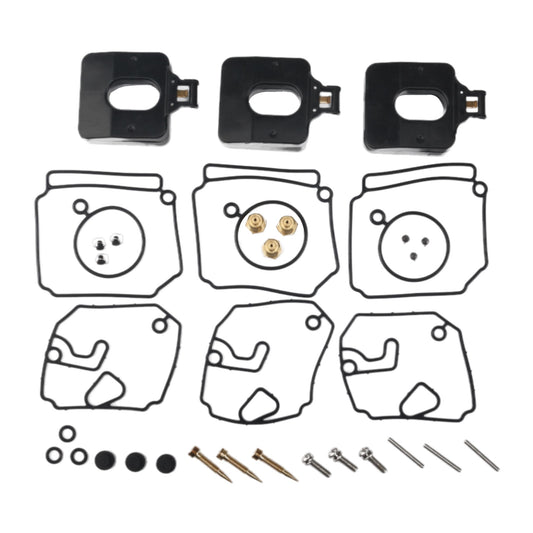

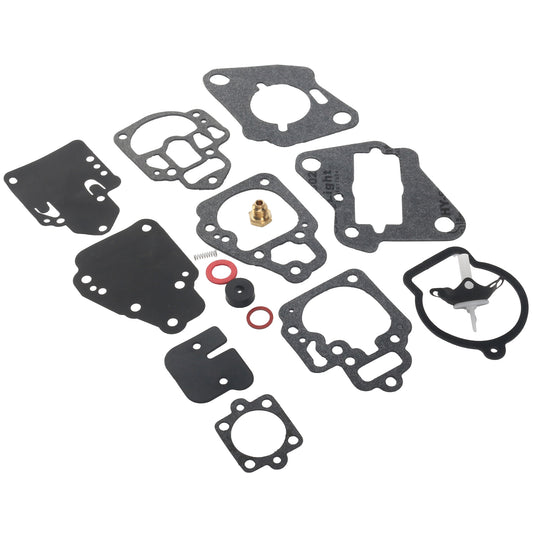
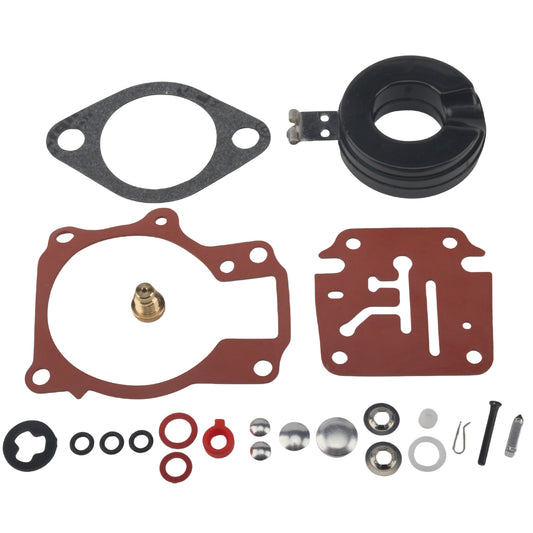
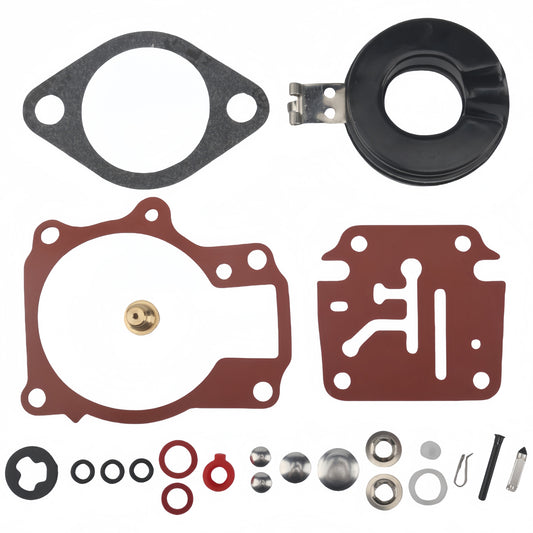
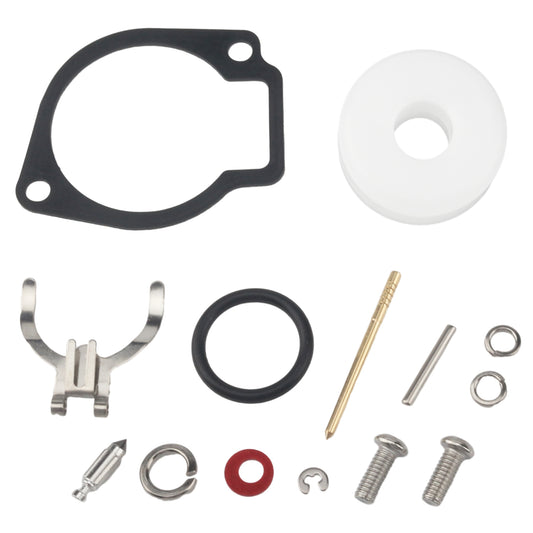
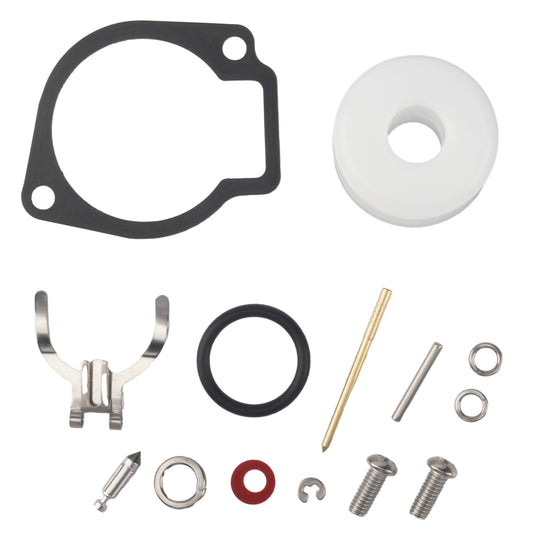
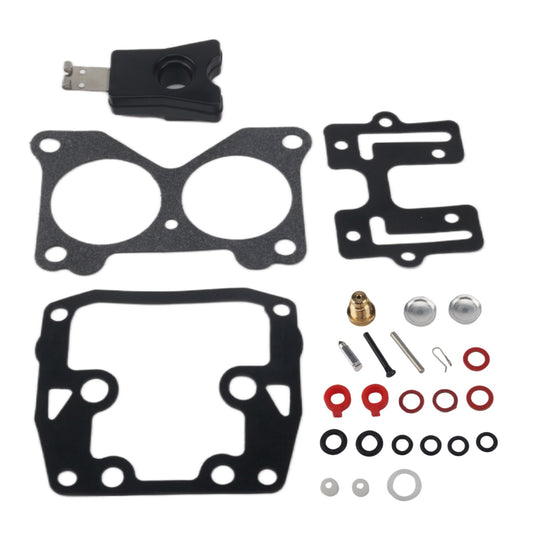
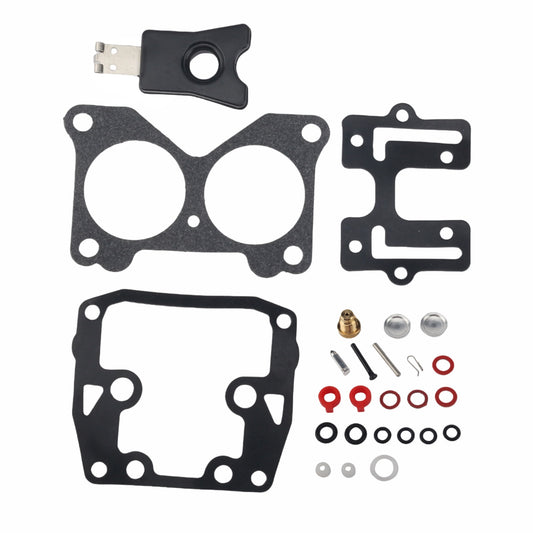
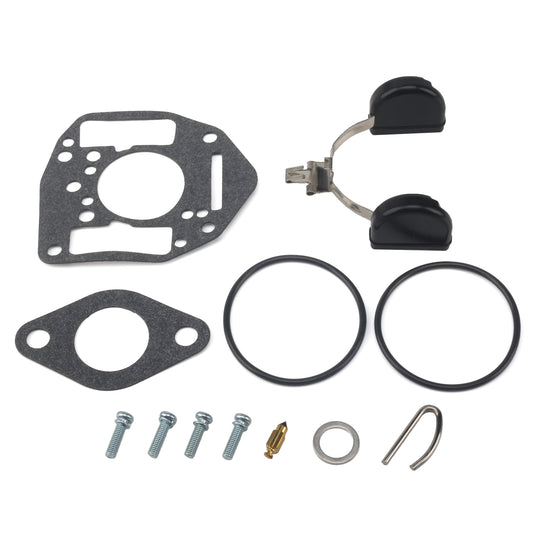
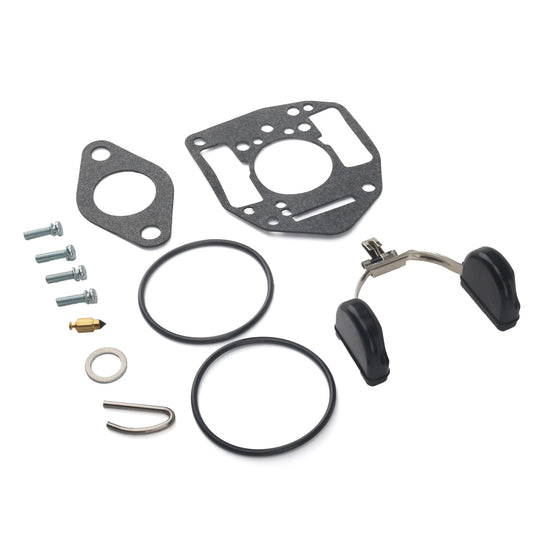
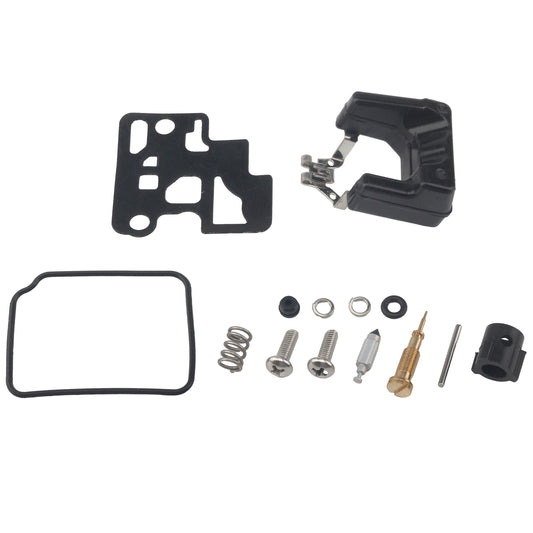
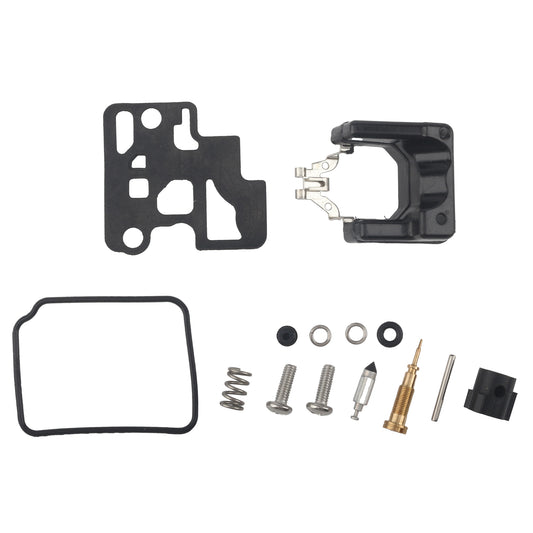
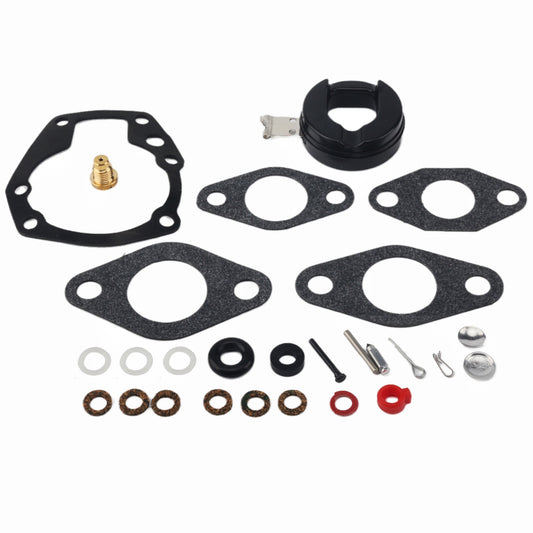
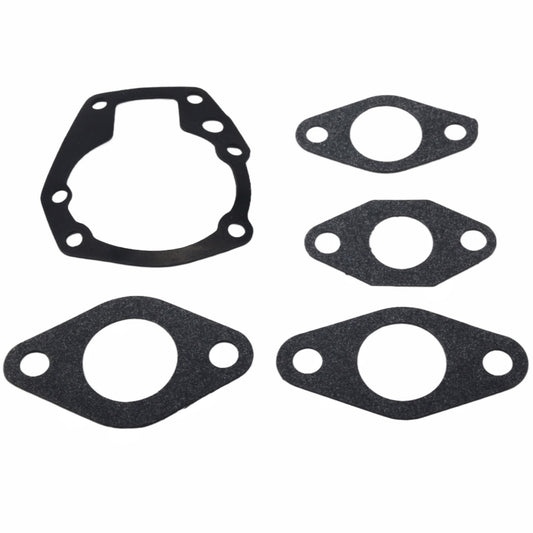
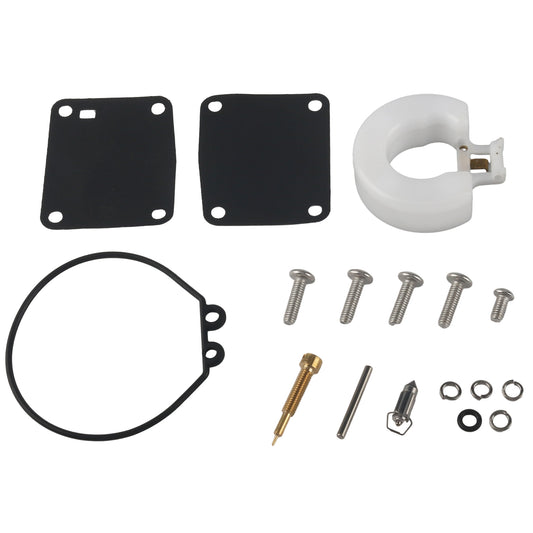
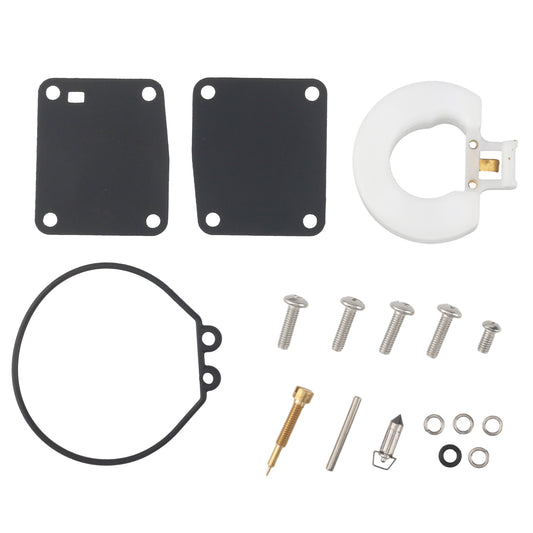
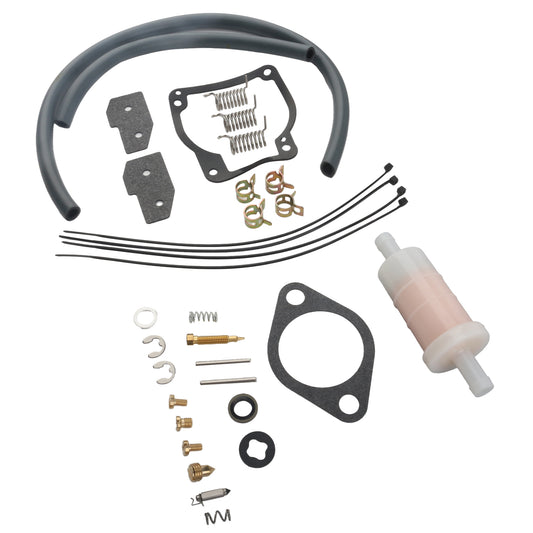
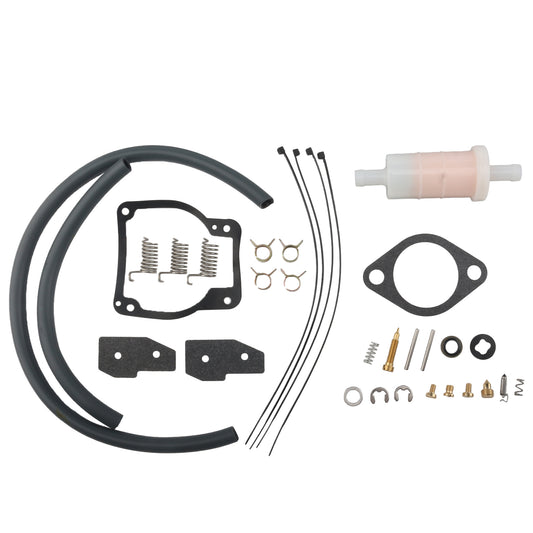
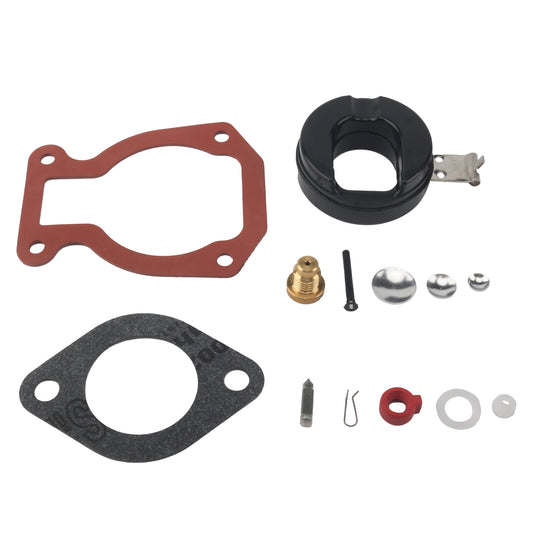
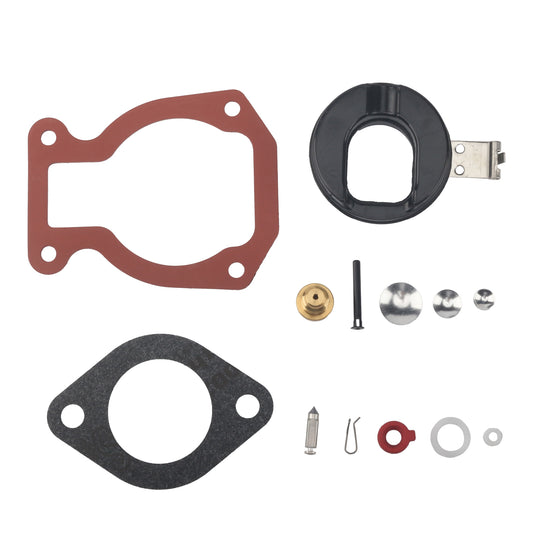
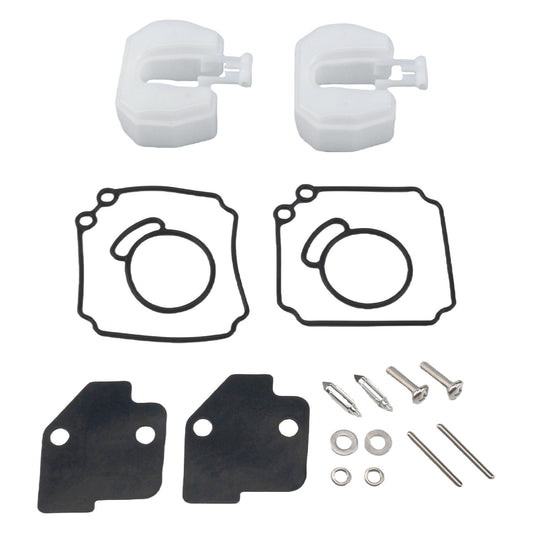
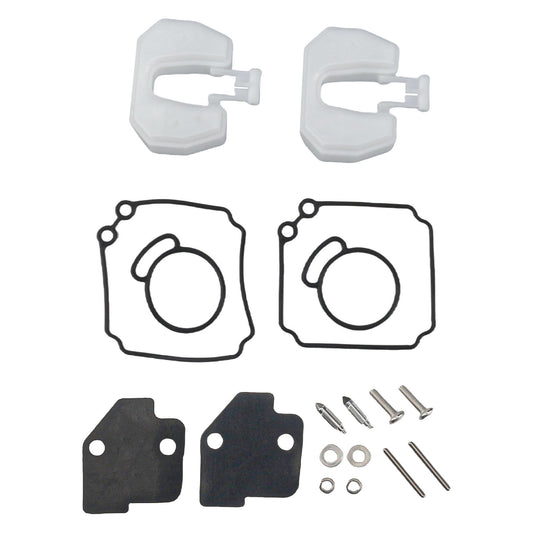
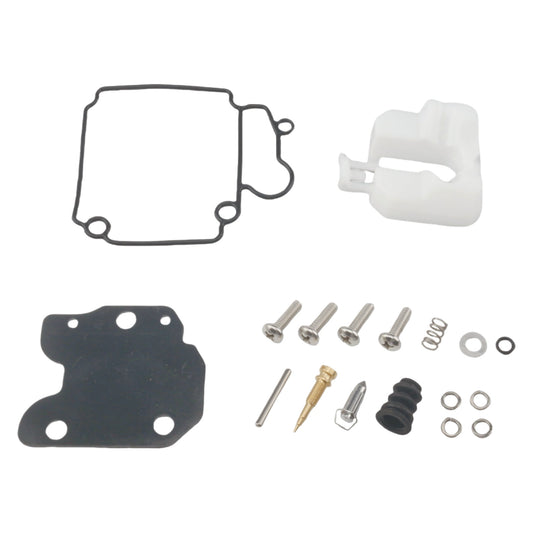
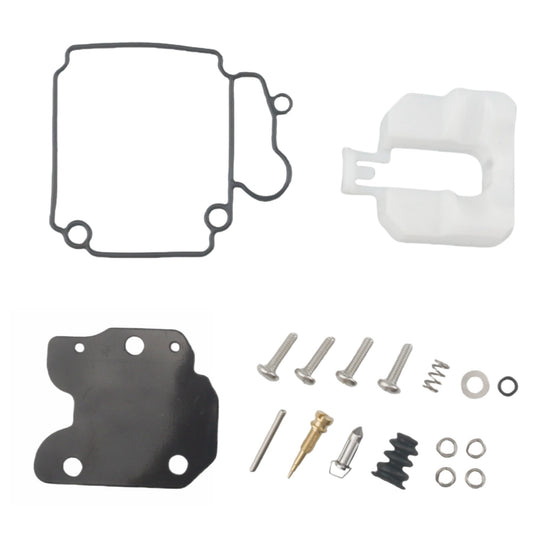
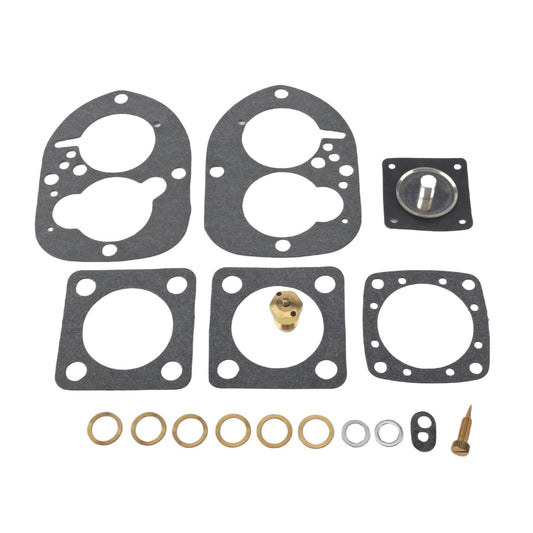




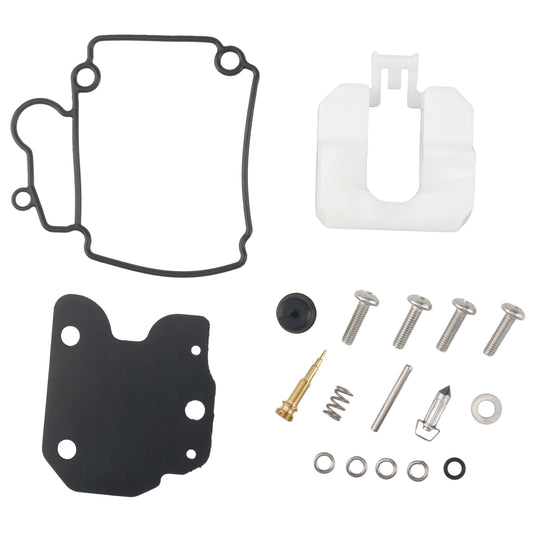
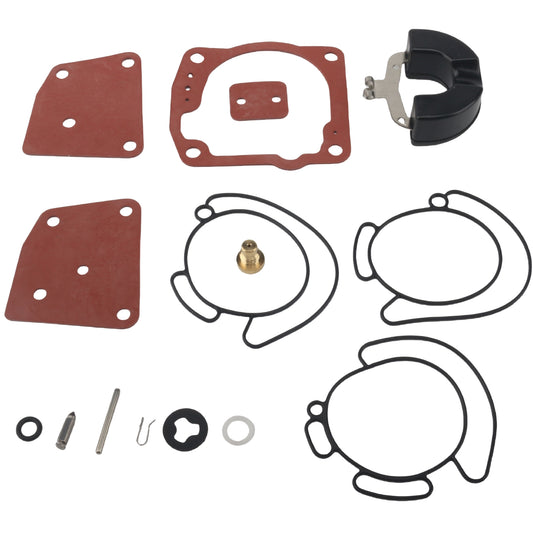
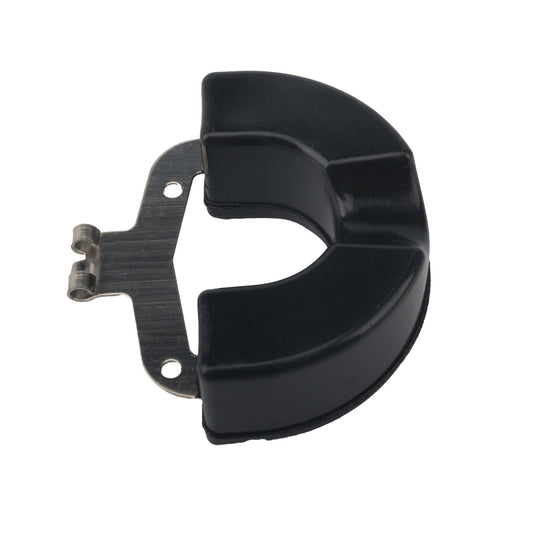
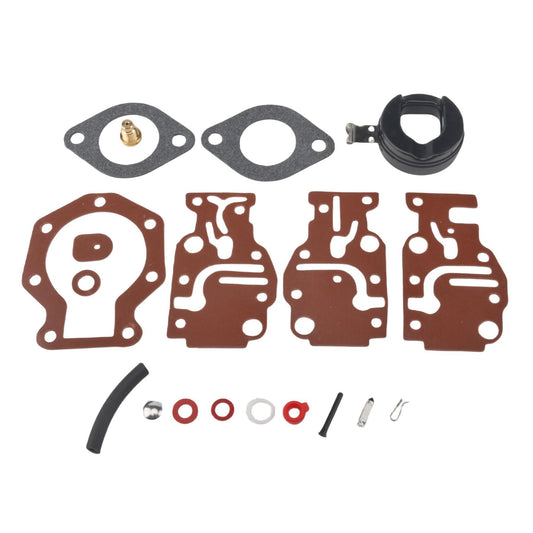

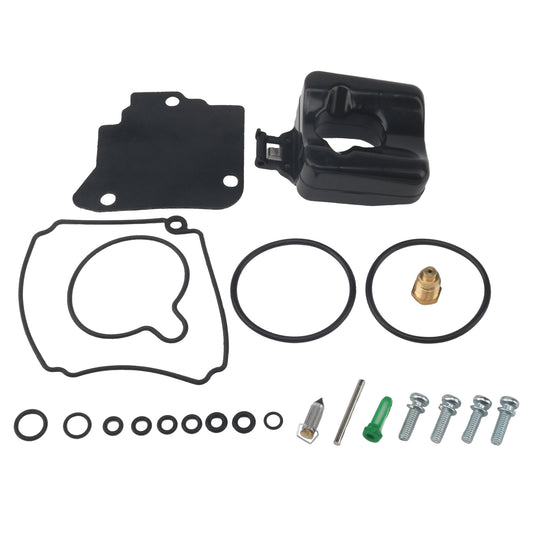
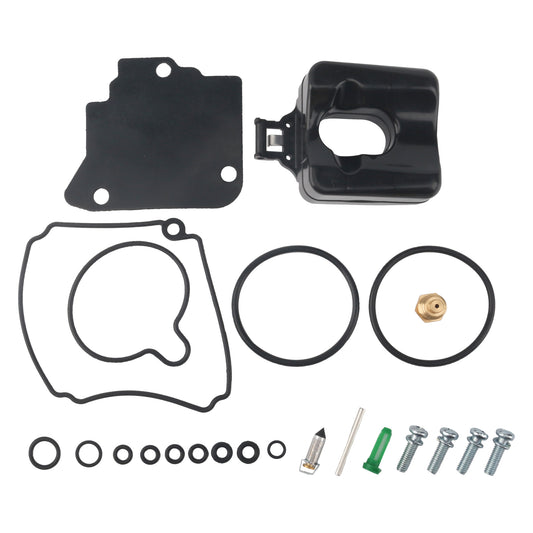
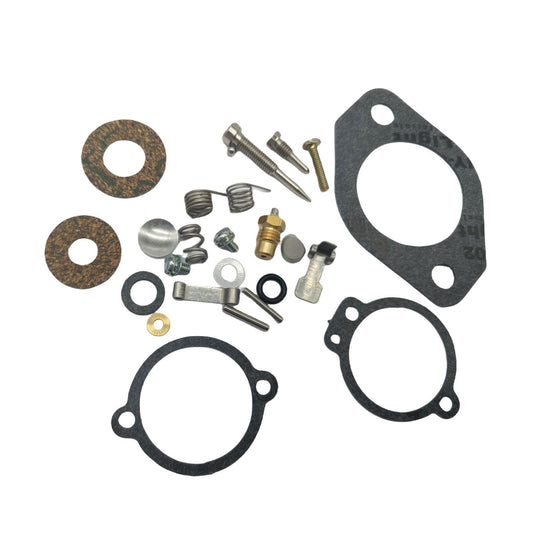
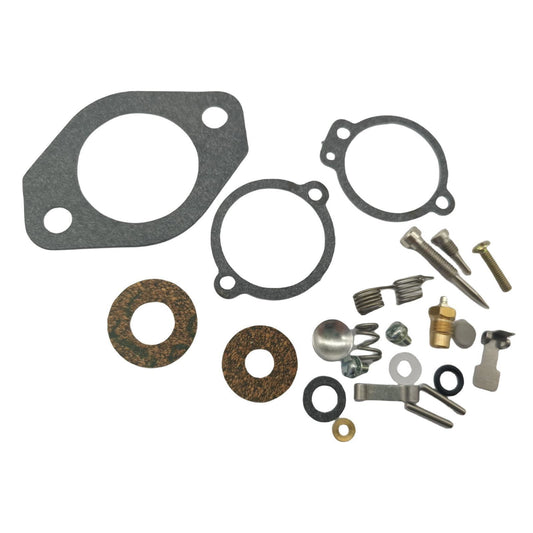
Leave a comment
Please note, comments need to be approved before they are published.